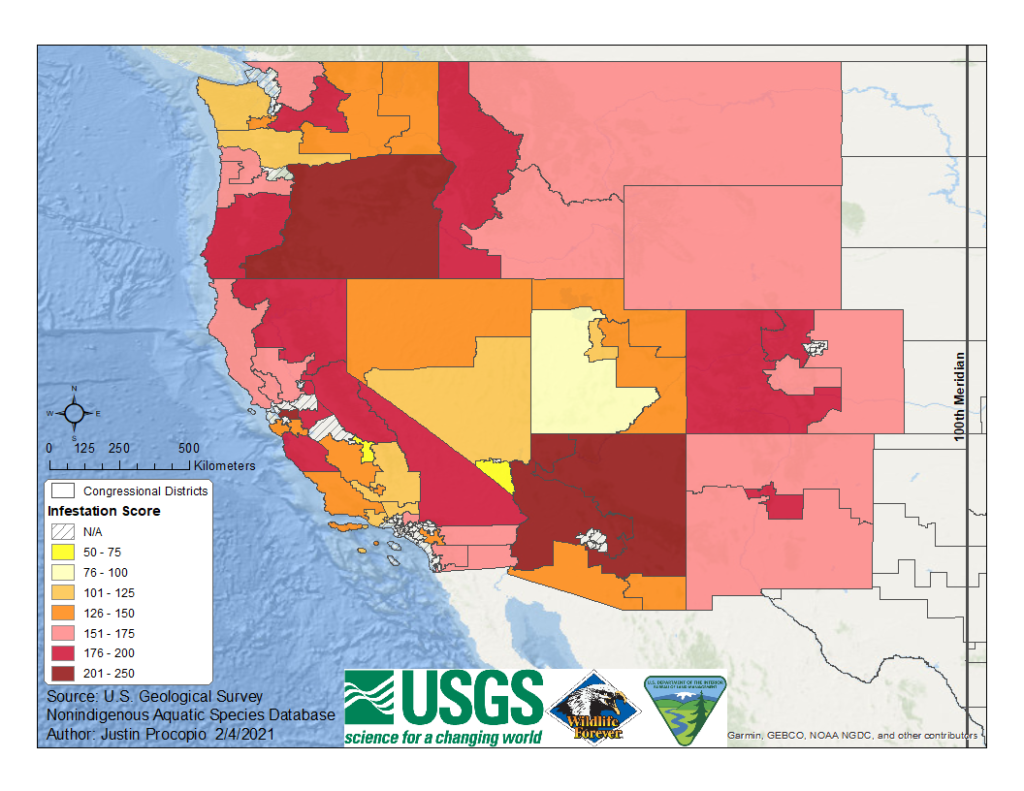The Importance of Marine Bivalves in Invasive Host–Parasite Introductions
/Although research into the ecology and impacts of invasive species is prevalent, there are knowledge gaps relating to the role of invasive species in parasite transmission. This work synthesises invasive host–parasite interactions and impacts, using marine bivalves as a model group, to consider how global movement of shellfish consignments for aquaculture purposes facilitates the unintentional transfer of invasives. We discuss how invasive species can act as both hosts or parasitic organisms themselves, and introductions may lead to diseases within the bivalve aquaculture sector. This review highlights the importance of interdisciplinary research, with particular regard to the fields of parasitology and invasion ecology. We suggest that further integrating these fields will enhance critical knowledge of marine diseases, parasite-invasive-bivalve interplay dynamics, and potential mitigation strategies, including temperature-based disease surveillance models. We also address how climate change might impact invasive species, again with a focus on marine bivalves, and the potential outcomes for parasite transmission, including changes in host/parasite distribution, life-history and virulence. We acknowledge the importance of horizon scanning for future invasive host–parasite introductions and note that increased screening of invasive species, both in their native and invaded ranges, will provide clarity on invasion dynamics and potential impacts.
REVIEW ARTICLE
Front. Mar. Sci., 26 February 2021 | https://doi.org/10.3389/fmars.2021.609248

